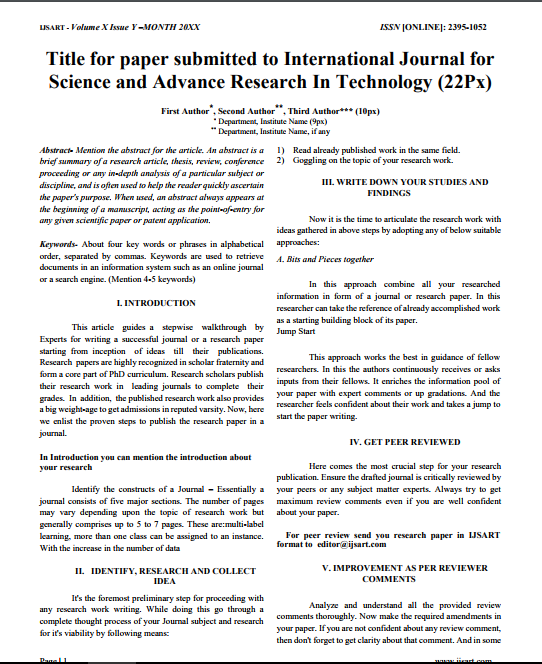Impact Factor
7.883
Call For Paper
Volume: 11 Issue 05 May 2025
LICENSE
Detection Of Alzheimer’s Disease With Blood Plasma Proteins
-
Author(s):
Blessan. Y. R | P. Briskilla
-
Keywords:
Alzheimer’s Disease, Blood Biomarker, Dementia, Machine Learning, Support Vector Machine.
-
Abstract:
The Successful Development Of Amyloid- Based Biomarkers And Tests For Alzheimer’s Disease (AD) Represents An Important Milestone In AD Diagnosis. How- Ever, Two Major Limitations Remain. Amyloid-based Diagnos- Tic Biomarkers And Tests Provide Limited Info
Other Details
-
Paper id:
IJSARTV8I956790
-
Published in:
Volume: 8 Issue: 9 September 2022
-
Publication Date:
2022-09-02
Download Article


